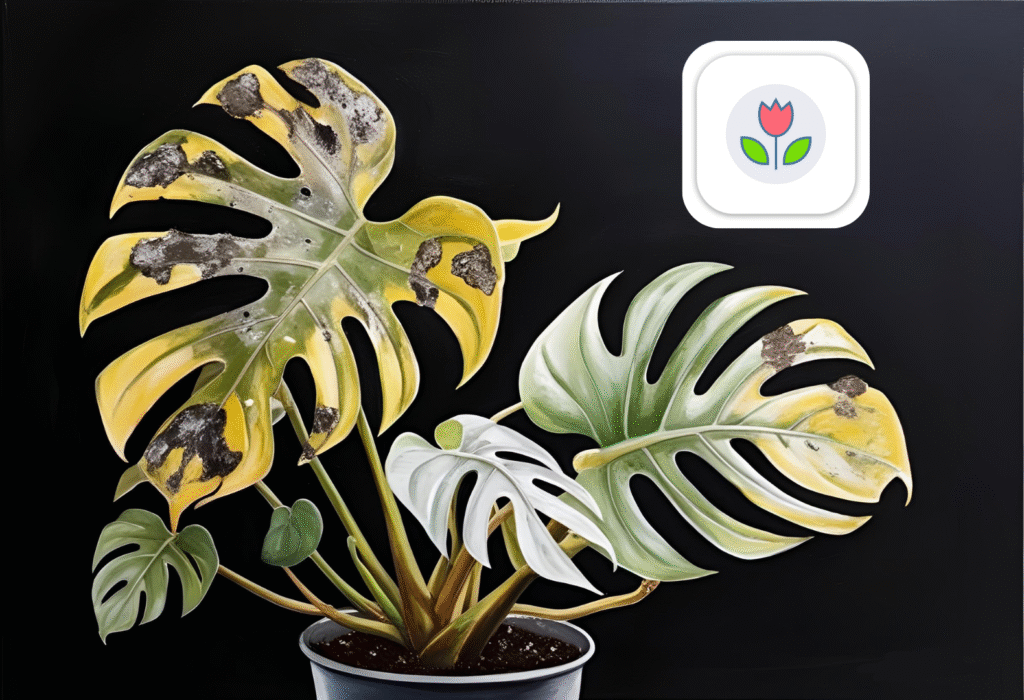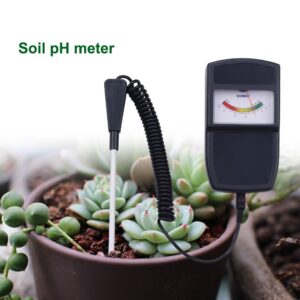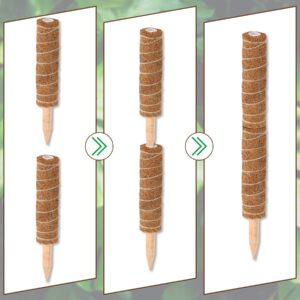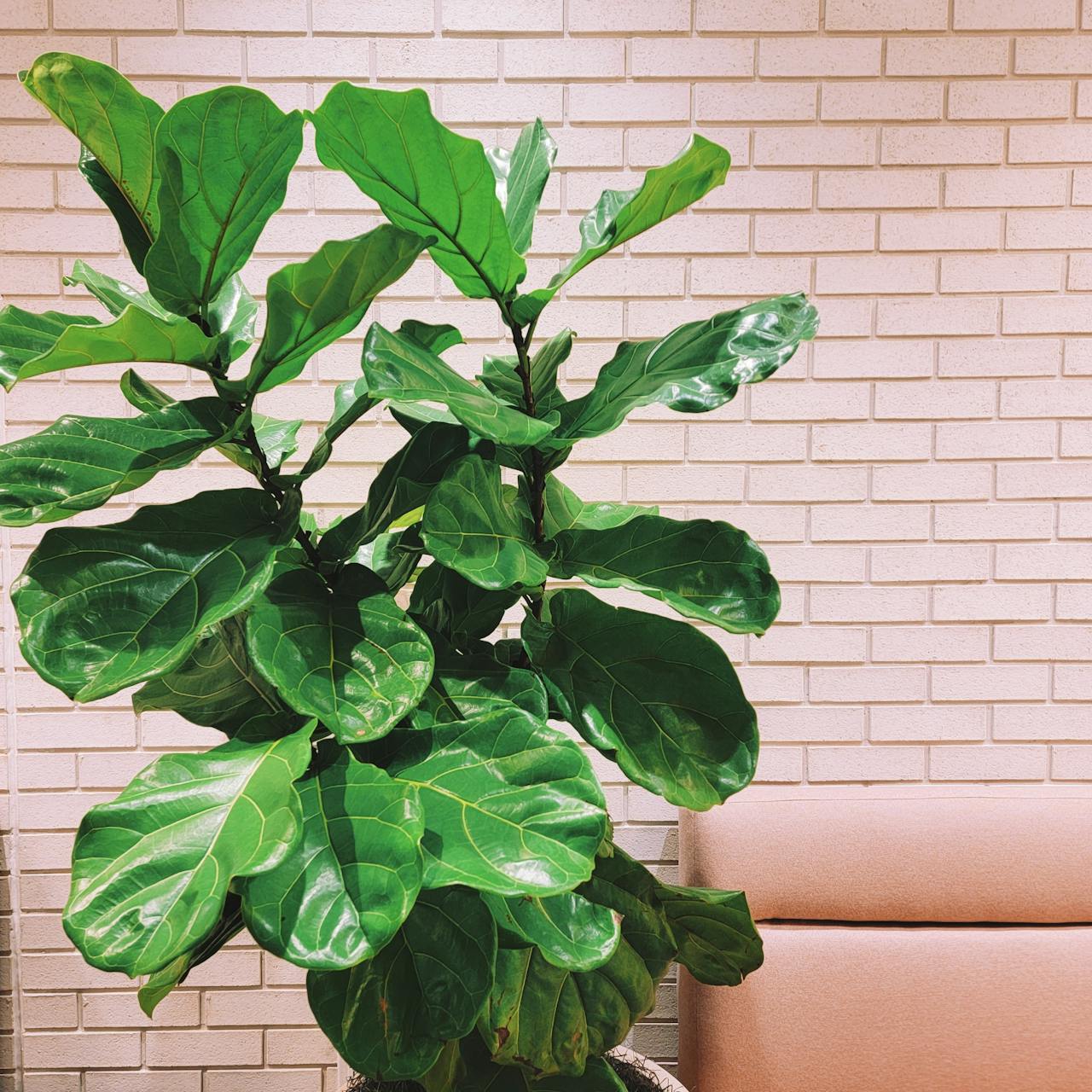Monstera Deliciosa, known for its iconic split leaves and rapid growth, is a popular choice for indoor plant enthusiasts. While it thrives in homes with the right conditions, it can face some common problems that may affect its health and beauty. Understanding these issues and how to solve them can help ensure your Monstera stays lush and vibrant. Whether you’re a seasoned plant lover or a novice, learning about the most frequent Monstera problems is essential for providing the best care.
Yellowing Leaves: A Sign of Underlying Issues
One of the most common issues you’ll encounter with Monstera plants is yellowing leaves. This problem is typically a sign that your plant is not thriving as it should. Yellowing can occur due to various factors, including overwatering, nutrient deficiencies, or poor light conditions.
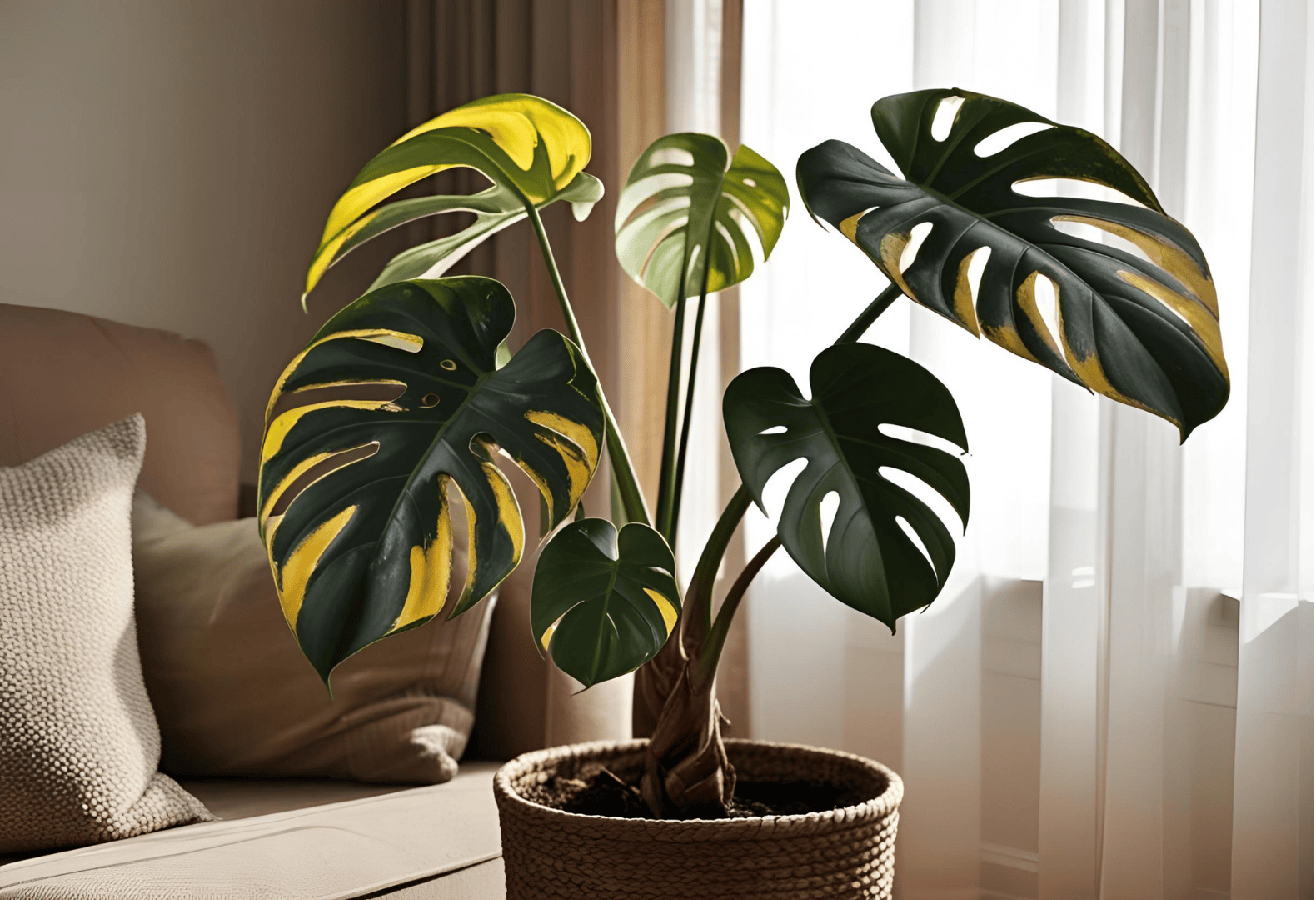
Solution:
To address yellowing, first check the moisture levels in the soil. Monstera plants prefer their soil to dry out between waterings, so ensure you’re not overwatering. If your plant is placed in a low-light area, move it to a brighter, indirect light spot to encourage healthier growth. Also, consider adding a balanced fertilizer to boost its nutrient intake. Pruning yellow leaves will also help encourage new, healthy growth.
- All Products
Wireless Soil Temperature and Humidity Sensor for Potting Soil – Gardening & Irrigation Monitoring Tool
Price range: £74.15 through £100.15 Select options This product has multiple variants. The options may be chosen on the product page - All Products
Soil pH Meter | Split Soil Tester – Soil Acidity, Moisture & Light Measurement Device
£44.99 Select options This product has multiple variants. The options may be chosen on the product page
Transition:
While yellowing leaves are a common problem, dryness and brown spots on leaves are also frequent concerns.
Dry or Brown Leaves: Understanding the Cause
Another issue many Monstera owners face is dry or brown leaves. This can be particularly noticeable during the colder months when indoor air tends to be drier. As a tropical plant, Monstera thrives in humid conditions, and dry air can cause the edges of the leaves to turn brown or crispy.
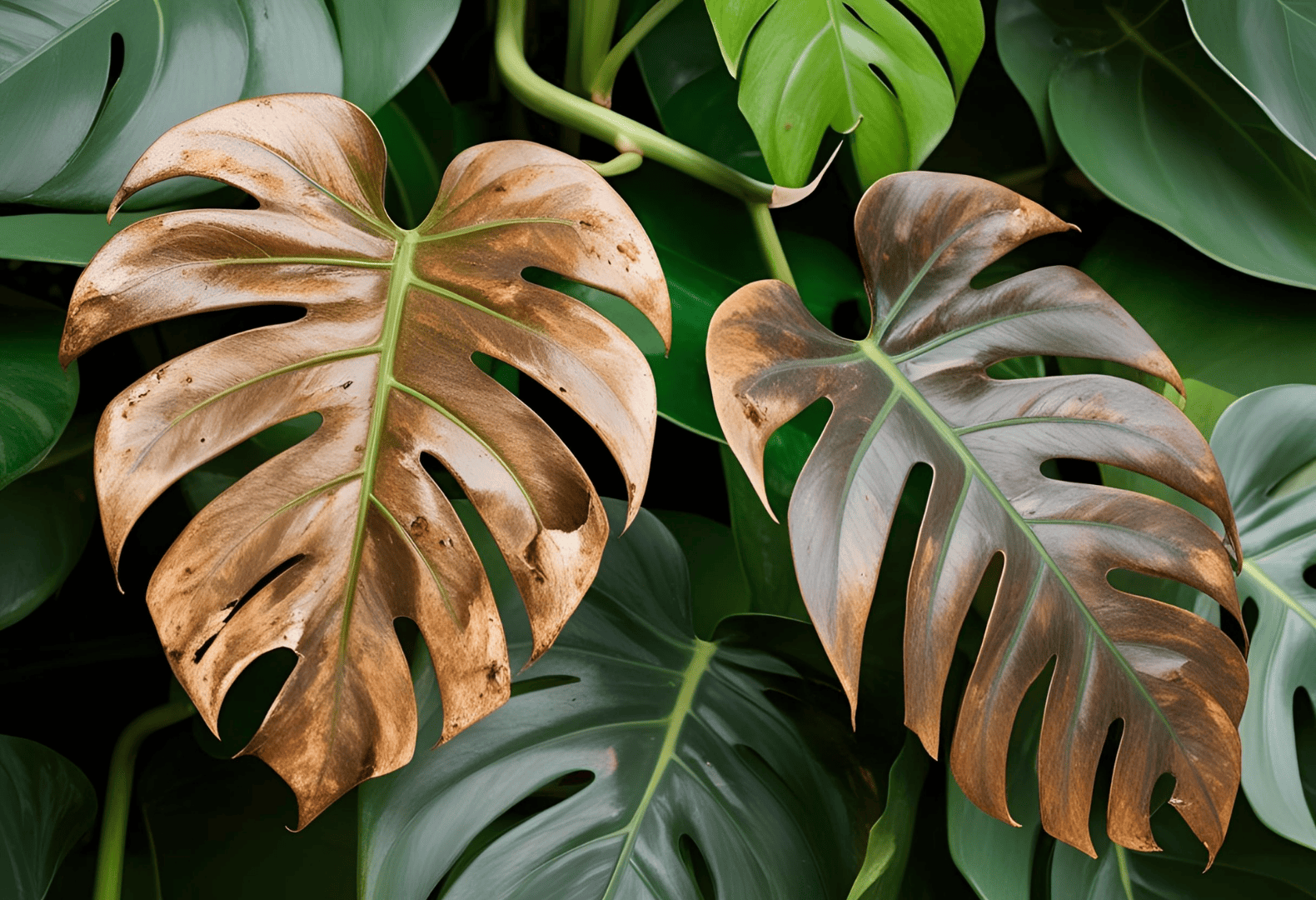
Solution:
To combat this, you can increase the humidity around your plant by using a humidifier or placing a shallow tray of water near the Monstera. Lightly misting the leaves now and then can help keep humidity up. If you can, place the plant in a humid spot like a bathroom or kitchen. Be patient, as the plant may need some time to adjust to a more humid environment.
- All Products
Plant Care Humidifier – Ultrasonic, Mute, Intelligent with Remote Control and Aromatherapy
£138.40 Select options This product has multiple variants. The options may be chosen on the product page - All Products
Flame Effect Aromatherapy Humidifier – Ultrasonic Plant Care Device (250 ml)
£29.99 Select options This product has multiple variants. The options may be chosen on the product page - All Products
Ultrasonic Aroma Diffuser with Colorful Night Light – Silent Essential Oil Diffuser with Remote Control
Price range: £76.50 through £83.61 Select options This product has multiple variants. The options may be chosen on the product page - All Products
Portable Humidifier for Plants – Keep Your Greenery Healthy Anywhere
£28.87 Select options This product has multiple variants. The options may be chosen on the product page
Transition:
Dry leaves can be frustrating, but what about controlling the plant’s size, especially as it grows quickly?
Overgrowth: Managing Monstera’s Rapid Growth
Monstera is a fast-growing plant, which is great for those who love seeing their plants flourish, but it can also lead to an overgrowth problem. If left unchecked, the Monstera can take up a lot of space, making it difficult to manage indoors.
Solution:
Regular pruning is key to maintaining your plant’s size. Trim back the stems that are growing too long, and propagate the cuttings to create new plants. Not only does this keep your Monstera in check, but it also allows you to grow more plants. Additionally, placing your Monstera in a spot where it has room to spread out without becoming too congested will give it space to grow healthily.
- All Products
Pruning Shears – Branch Cutting Tools for Gardening, Household & Fruit Tree Maintenance
Price range: £31.99 through £35.99 Select options This product has multiple variants. The options may be chosen on the product page - All Products
Pruning Shears for Gardening – Heavy-Duty Manganese Steel Branch Cutter with Safety Lock
£22.99 Select options This product has multiple variants. The options may be chosen on the product page - All Products
Stainless Steel Pruning Shears – Multifunctional Elbow Design for Efficient Branch Cutting
Price range: £19.99 through £29.99 Select options This product has multiple variants. The options may be chosen on the product page
Transition:
Growth issues are one thing, but lack of structural support can also hinder your Monstera’s development.
Lack of Support: Providing Stability for Your Monstera
As Monstera plants grow, they may begin to droop or sprawl, especially when their large leaves become heavier. A lack of support can cause the plant to lose its shape and structure, which can affect its overall appearance.
Solution:
Using a moss pole or another type of support can help guide the plant’s growth. Moss poles mimic the natural climbing environment of the Monstera, allowing it to climb and stay upright. As the plant grows, it will naturally cling to the pole, creating a more stable structure. This support will not only improve the plant’s appearance but also promote healthier growth.
- All Products
Plastic Moss Pole for Plant Support – for Indoor & Outdoor Plants
£10.99 Purchase on eBay
Transition:
Along with structural support, proper nutrition plays a vital role in keeping your Monstera healthy.
Nutrient Deficiency: How to Properly Feed Your Monstera
Monsteras are known to be heavy feeders, and without proper nutrition, they can suffer from stunted growth, yellowing leaves, or even misshapen foliage. A lack of essential nutrients like nitrogen, potassium, and phosphorus can affect the plant’s overall health.
Solution:
To prevent nutrient deficiencies, make sure you feed your Monstera with a balanced fertilizer, preferably one that’s organic and liquid-based. During the growing season (spring and summer), fertilize your plant every 4-6 weeks to promote strong growth. Additionally, refresh the soil once a year to replenish the nutrients, ensuring the plant has a healthy foundation to grow from.
- All Products
Soil Activator & Growth Powder – Organic Soil Enhancer for Healthier Plants
£24.99 Select options This product has multiple variants. The options may be chosen on the product page
Transition:
Aside from growth and nutrition, pest problems are another issue that can affect your Monstera.
Pests and Insects: Protecting Your Monstera from Common Pests
Monstera plants can occasionally fall victim to pests, including spider mites, aphids, and mealybugs. These tiny invaders can cause damage to your plant, leaving behind black spots or fine webs on the leaves. If left untreated, pests can weaken your Monstera, hindering its growth.
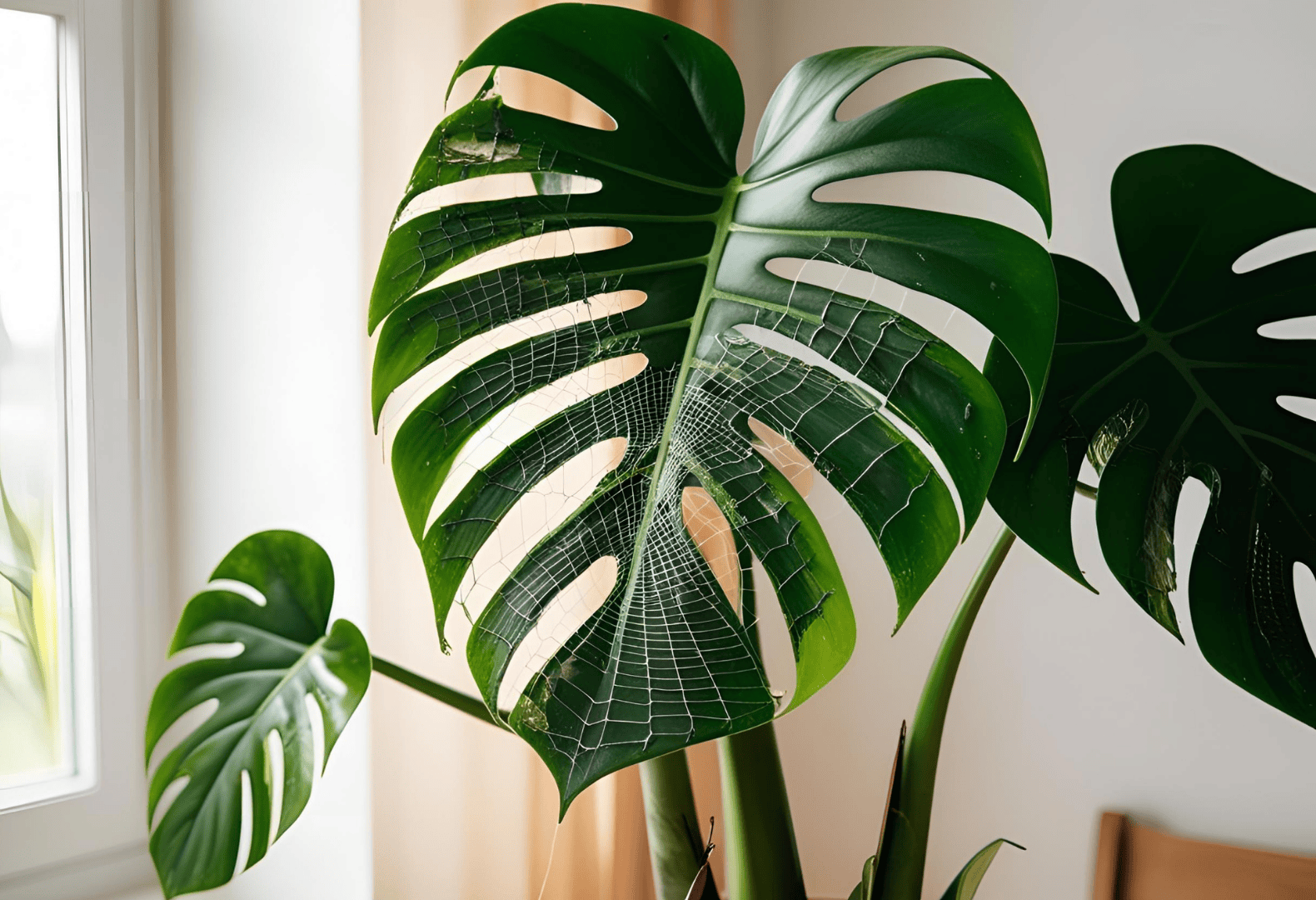
Solution:
Inspect your plant regularly for any signs of pests, especially on the undersides of the leaves. If you spot pests, treat your Monstera with an organic insecticide or a natural solution like neem oil. It’s important to address pest issues as soon as possible to prevent further damage. Keep the environment around your Monstera clean, and avoid over-watering, which can create conditions that attract pests.
Conclusion: Keep Your Monstera Thriving
Monstera Deliciosa can be a delightful addition to your home, but it’s essential to be aware of the common problems that may arise. By addressing issues like yellowing leaves, overgrowth, and nutrient deficiencies, you can help your Monstera thrive. With the right care, support, and regular attention, your Monstera can continue to grow and bring beauty to your indoor space for years to come.
FAQ
1. Why are my Monstera’s leaves turning yellow?
Yellowing leaves are among the most common Monstera common problems. They are often caused by overwatering, poor light conditions, or nutrient deficiencies. Check your watering habits, move your plant to a brighter location, and consider adding a fertilizer to replenish nutrients.
2. How can I make my Monstera grow faster?
Monstera thrives in a warm, humid environment with indirect light. Regular pruning and fertilizing during the growing season will also encourage faster growth.
3. How do I fix dry or brown leaves on my Monstera?
Dry or brown leaves are often a result of low humidity. Increase the humidity by using a humidifier, misting the leaves, or placing a water tray nearby.
4. What kind of support does my Monstera need?
A moss pole is the best support for your Monstera. It helps the plant grow upright and encourages healthier development by mimicking the plant’s natural climbing habits. Lack of proper support is one of the overlooked Monstera common problems, especially as the plant matures and becomes top-heavy.
External Resource
For more information on plant care, check out this helpful guide on Monstera care (Gardeners’ World, 2023).
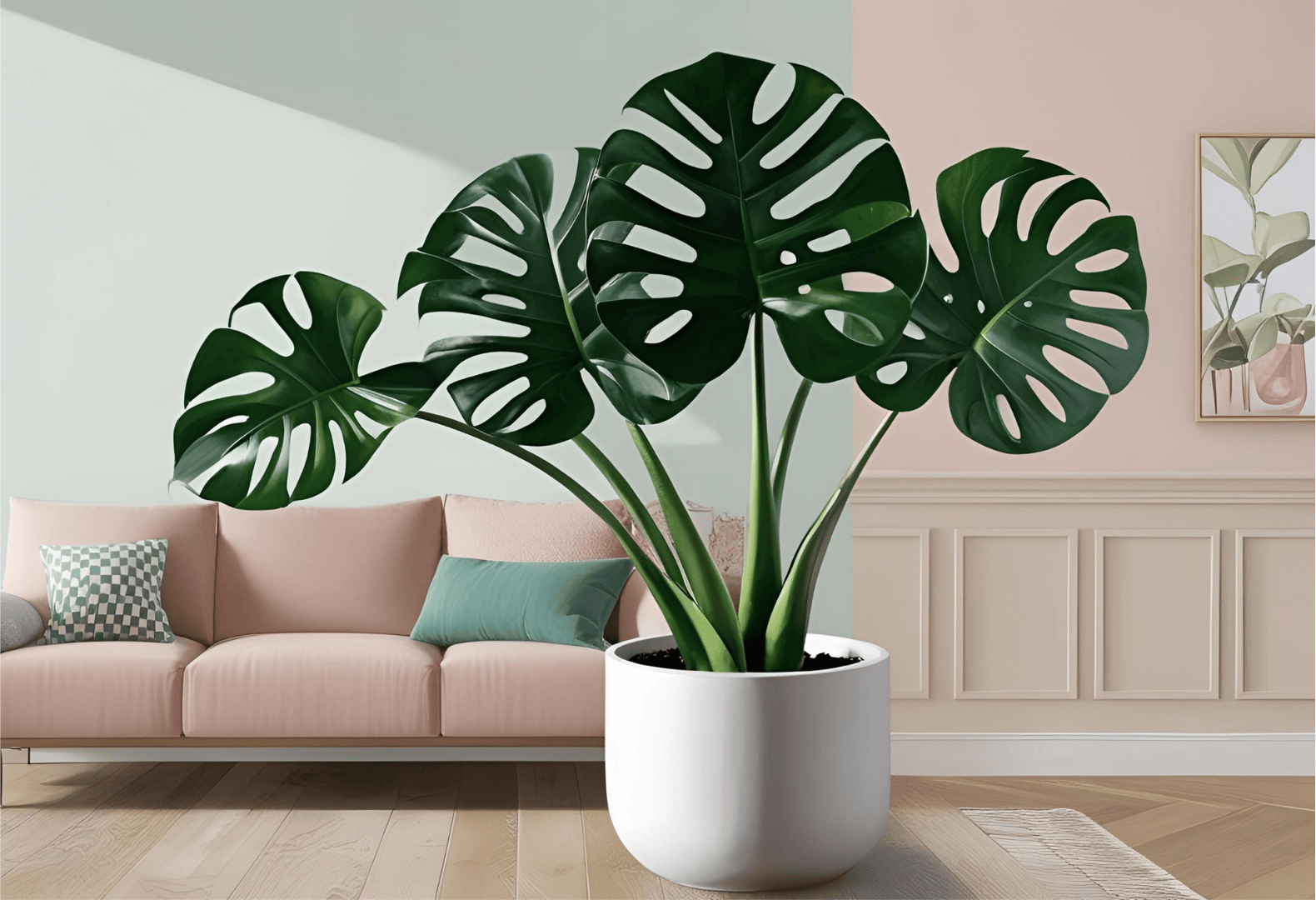
Read More:
- Monstera Care Guide – A comprehensive care guide to help you keep your Monstera healthy and thriving.
- Monstera Deliciosa: A Popular and Decorative Indoor Plant – Learn about the unique characteristics of Monstera Deliciosa and why it’s perfect for indoor spaces.
- How to Grow Monstera Deliciosa at Home – Detailed guide on how to successfully grow Monstera Deliciosa at home.
Plant Profile

Common Name

Plant Type

Mature Size

Sun Exposure

Soil Type

Soil pH

Bloom Time

Color

Hardiness Zones

Native Area

Humidity

Lighting

Temperature

Difficulty

Hibernation

Toxicity

Invasive
Swiss cheese plant
Epiphyte
Up to 20 feet
Indirect light
Well-drained
5.5 – 7.0
Irregular
Green – White
10 – 12
Southern Mexico to Panama
High
Bright, indirect light
18°C – 30°C
Easy
No
Mildly toxic
Can be invasive in tropical areas

Created with Plant App
